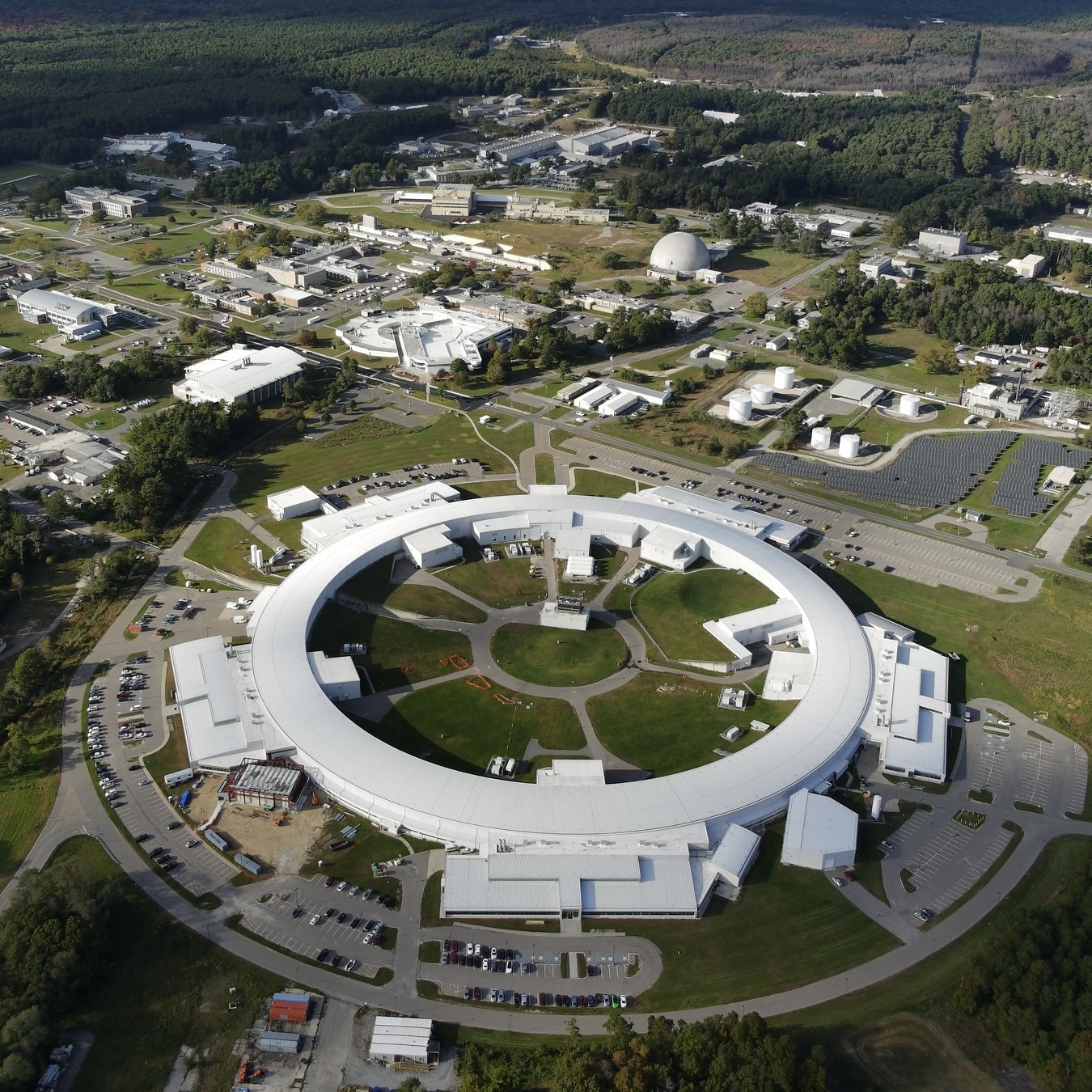Research Roundup: Dark Energy, Scientific Censorship, and More
In this second edition of our new series, we highlight questions that probe the expansion of the universe, missed court appearances, and how nanoparticles assemble.

What can the night sky tell us about the expansion of the universe?
It’s a loaded question, one that researchers across the globe have been trying to answer for decades. Since 2013, they’ve been helped by the Dark Energy Survey (DES), a collaboration of more than 400 scientists at 25 institutions. At Penn, this includes Masao Sako, Arifa Hasan Ahmad and Nada Al Shoaibi Presidential Professor of Physics and Astronomy; Bhuvnesh Jain, Walter H. and Leonore C. Annenberg Professor in the Natural Sciences; Gary Bernstein, Reese W. Flower Professor of Astronomy and Astrophysics; and a handful of others from the Department of Physics & Astronomy.
In 2019, the DES finished collecting data, but analysis and discoveries continue, including one that Sako and colleagues announced recently in which they validated the “cosmic acceleration” model and dark energy’s role in it. That research is one of five recent studies detailed below, in this second iteration of Omnia’s new research roundup.


Image taken with a camera mounted on the Blanco Telescope at the Cerro Tololo Observatory in Chile. (Image: Dark Energy Survey Collaboration)
Dark Energy Survey’s Latest
Twenty-five years after a scientific breakthrough revealed that dark energy plays a role in the universe growing at an accelerated rate, astronomers including Sako have released new findings confirming this cosmological model of a “universe with an accelerated expansion.” DES collaborators analyzed more than 750 nights’ worth of data collected over a six-year period, focusing on nearly one-eighth of the whole night sky—an area Sako and his team were involved in selecting, along with helping to determine the cadence for observations and setting up survey simulations.
Though the latest findings are exciting, the research team urges caution, saying it’s not possible to definitively rule out a more complex model at play. Sako, who has participated in this work for more than a decade, found its culmination emotional. “It was exciting,” he says, “to look at the latest and greatest measurements on the amount of dark matter and dark energy, and see this effort come to an end.”


(Image: iStock/wildpixel)
Censoring Science
Penn behavioral scientist Cory Clark and colleagues, including Leonore Annenberg University Professor Philip Tetlock, recently noticed that more scientists today censor their findings and those of their peers, intentionally not putting them out into the world. It’s not due to low-quality science, however, but rather because they perceive the information could cause “harm.” Top scientific publications seem to be doing the same, and a team of researchers led by Clark, director of the Adversarial Collaboration Project and a visiting faculty scholar in the Department of Psychology, wanted to understand why.
Looking at historical data and recent examples of such censorship, the team showed that at both the individual and journal levels, censorship is often done with the intention of protecting reputations and sparing vulnerable groups, findings the researchers published in the Proceedings of the National Academy of Sciences. However, Clark counters, “these harm concerns are almost never empirically validated, so they may often be misguided, and the immediate and downstream consequences are rarely considered or weighed against these supposed harms.” This work is just a first step, Clark adds. She and colleagues contend that open peer review and audits of academic journals are necessary to better grasping the scope of censorship happening.
![]()

Watching Nanoparticles Assemble
Science at the nanoscale can’t be seen with optical microscopes because it operates at distances shorter than the wavelength of visible light. Instead, researchers use scattering X-rays to visualize many nanoscale processes, such as two types of nanoparticles assembling into composite materials. Thanks to work led by Christopher Murray, Richard Perry University Professor of Chemistry and Materials Science and Engineering in the Department of Chemistry, researchers have now observed this assembling in real time.
Murray, along with colleagues from the University of Michigan, combined aluminum with boron and sodium with zinc, illuminating the process using a light source at Brookhaven National Laboratory whose beams of light are 10 billion times brighter than the sun. The intensity of the beams enabled Murray’s team to watch as the particles assembled into structures called binary nanocrystal superlattices—which can be used in devices such as batteries and electronics—revealing how these crucial structures form. The team published its work in the journal Nature Synthesis.
![]()

Failure to Appear in Court
Lawyers and witnesses more frequently fail to show up to court than defendants, according to new findings from Aurélie Ouss, Janice and Julian Bers Assistant Professor in the Social Sciences in the Department of Criminology, doctoral student Lindsay Graef, and others, including Sandra Mayson, a professor at the Penn Carey Law School. Looking at Philadelphia data between 2010 and 2020, the researchers found that in more than half of all cases, an attorney or key witness neglected to appear, leading to tens of thousands of case dismissals. In comparison, defendants missed their court dates just 19 percent of the time.
Ouss and colleagues argue that these numbers point to the need to view failure-to-appear as a systemic problem, one that’s “shared by many legal actors” and that has system-wide consequences. “If our data is representative,” they write in the Public Law and Legal Theory Research Paper Series, “widespread nonappearance is a central, underappreciated feature of contemporary criminal legal process.”
![]()

3D Metamaterials
Many modern technologies, from bioimaging to smartphones, rely on the ability to control the frequency of light by precisely arranging atoms into structures known as metamaterials. As photons—particles of light—interact with these metamaterials, they can create new photons that vibrate at higher frequencies, like harmonizing notes emerging when musicians play together.
Now, a team led by Assistant Professor Bo Zhen in the Department of Physics & Astronomy has devised a new metamaterial by twisting and stacking 2D materials into a redesigned 3D structure that can coax photons into new harmonic responses. Zhen and postdoctoral researcher Bumho Kim stacked ultrathin layers of a material called tungsten disulfide on top of one another, twisting each piece at an angle before placing the next. “The magic lies in controlling the twist,” Kim says. The new materials, described in a Nature Photonics paper, could be used to create next-generation lasers, imaging devices, and even quantum computers.
Banner image: Great Nebula in Orion, taken with the DECAM camera mounted on the Blanco Telescope at the Cerro Tololo Observatory in Chile. (Image: Dark Energy Survey Collaboration)


